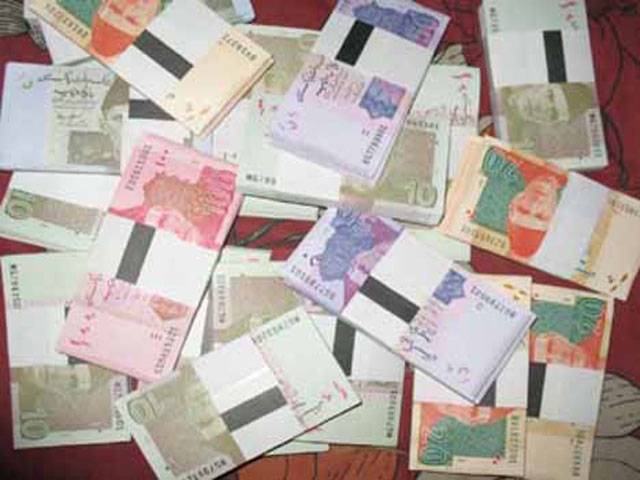Lahore - Falling remittances at the time of surging non-oil imports and continued depressed demand environment in the country could complicate balance of payments and forex reserves, hence putting pressures on local currency.
According to experts, Pakistan’s trade deficit was recorded at $2.1 billion in July 2016, up 18.1 percent YoY, but down 26.2 percent MoM. The Pakistan Bureau of Statistics (PBS) data shows that the country’s exports fell by 6.9 percent YoY to $1.5 billion while the imports witnessed an increase by 6.2 percent in July 2016.
During first seven months (7m) of 2016, Pakistan’s trade deficit increased by 19 percent to $14.1 billion. Although, the imports surged by meager 4.0 percent to $26.1 billion, tough economic situation and stronger local currency resulted in 9 percent fall in exports to $12.0 billion.
Experts attribute rise in imports, at the time of low petroleum import bill, to higher food products imports, namely milk, due to record low prices. Exports, on the other hand, declined due to low textile exports.
In July 2016, Pakistan trade deficit increased by 18.1 percent to $2.1 billion while remittances inflows squeezed by 20 percent to $1.3 billion.
During first seven months of 2016, trade deficit surged by 19.3 percent owing to low textile exports and higher machinery & food imports.
Similarly, remittances showed a meager increase of 3 percent to $11.6 billion in first seven months of 2016, owing to economic slow-down in the developed world, layoffs and visa glitches in GCC countries and tight regulatory regime in US on cross-border fund transfers.
Falling remittances and continued depressed demand environment in developed world could complicate balance of payments and forex reserves management.
At this point, movement in international commodity prices and financial inflows would play a vital role in the movement of PKR.
Just to mention, PKR has remained fairly stable in the past 12 months (-2.7 percent) despite currency depreciation in the region (Indian Rupee –4.5 percent, Sri Lankan Rupee -7.6 percent, Bangladeshi Taka –0.1 percent).
Zeeshan Afzal, CFA from Topline, stated in a report that global conditions had begun to bite Pakistan home remittances where the inflows had shrunk by 20 percent YoY in July 2016 (a steep fall since Nov 2003).
Remittances inflows had been recorded at $1.3 billion in July 2016 (lowest number since May 2014), compared to $1.7 billion in SPLY. During 7M 2016, home remittances influx slowed down to meager 3 percent YoY, compared to 15.4 percent and 18.4 percent in 7M 2015 and 7M2014, respectively.
“We attribute stagnancy to a multiple factors: stagnant growth and low inflation in the developed world; tough labour market dynamics in GCC countries (layoffs and visa issues) after the drastic fall in crude oil prices, and higher compliance cost for banks and money transfer operators due to tight regulations governing cross-border money transfers in the US.
On month on month basis, remittances are down 36 percent, mainly because of seasonal low remittances on EID.
During 7M 2016, remittances inflows from the US fell by 10.3 percent to $1.4 billion while infows from GCC countries fell by 0.4 percent to $7.4 billion.






